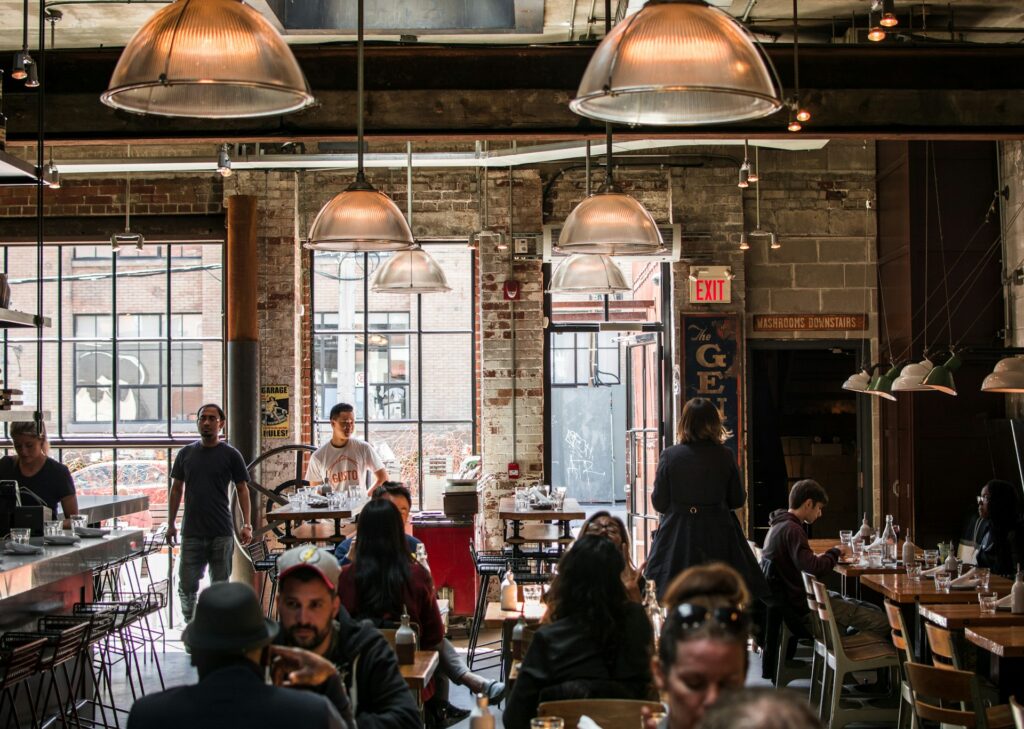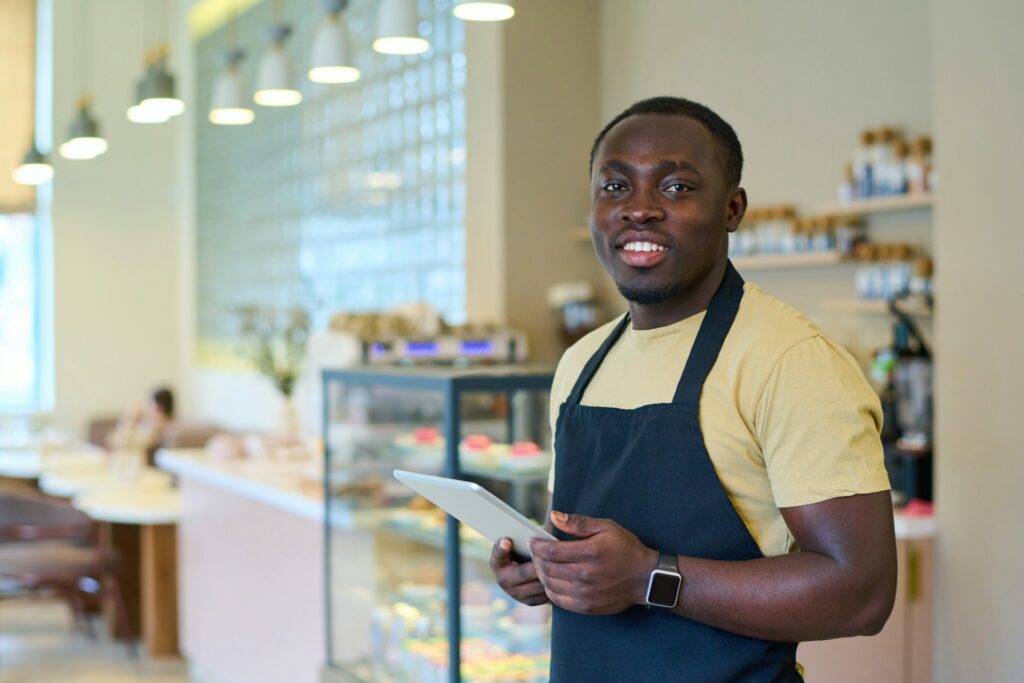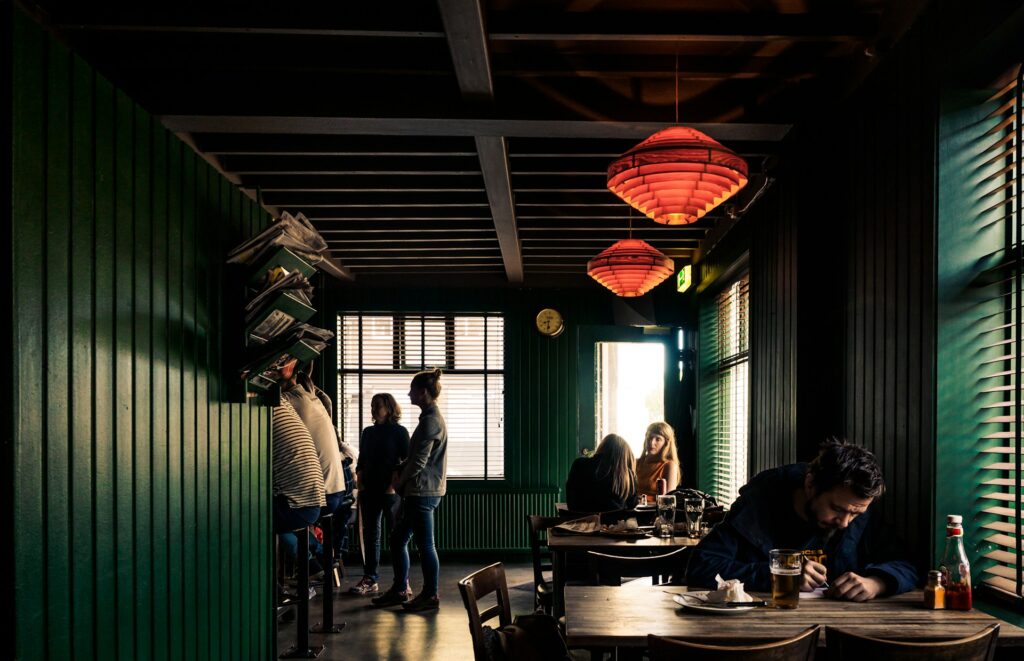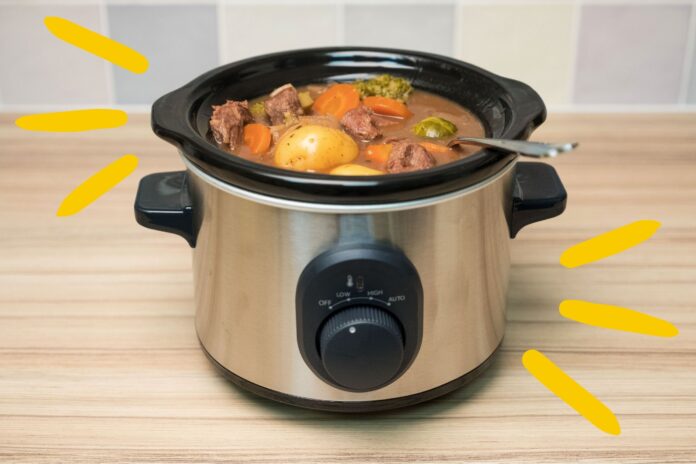Picture this: Your pop-up restaurant is buzzing. The tables are full, Instagram is lighting up with photos of your signature dishes, and food critics (or, at least, a slew of vloggers) are taking notice. But here’s the million-dollar question: Can you transform this temporary triumph into a lasting success story that investors want to be part of? If you can’t, this is all a fumbled crumb on the story of your life, rather than a perfectly proven loaf rising in the oven…
The harsh reality is that even the most innovative pop-ups often struggle to make the leap from hot ticket to serious investment opportunity. While your grandmother’s secret recipe might have customers lining up around the block, investors are looking beyond the plate. They’re searching for pop-ups that combine culinary creativity with business savvy—operations that can scale from one-off sensation to sustainable success.
We’ve analysed dozens of pop-up-to-permanent success stories and chatted to investors who’ve backed them. The pattern is clear: The winners aren’t just serving great food—they’re building sophisticated operations disguised as simple restaurants. Whether you’re testing waters in a borrowed kitchen or running a six-month residency, these are the 7 critical elements that turn investor heads and open wallets.
Show Numbers That Actually Matter
We had to start with the boring bit, but money talks. First-week sales are exciting, but they don’t tell the full story. Smart pop-ups track metrics that actually matter: customer retention rate, average spend per head, peak vs off-peak performance, and social media engagement that translates to bookings, not just likes. These are the numbers that make investors’ eyes light up.
But it’s not just about collecting data – it’s about using it. Are you tracking which dishes get reordered most often? Do you know your busiest days and times down to the hour? How about your average table turnover time? These insights help you optimise everything from staffing levels to menu engineering.
The most successful pop-ups use data to predict trends before they happen. If you can show investors how you’ve adjusted your business based on real customer behaviour, you’re speaking their language.

Your Space Should Tell A Story
Walk into any successful pop-up and you’ll feel it immediately – that perfect match between concept and space. It’s not just about cramming in as many tables as possible – it’s about the innate feel of the room, a fine balance between spaciousness and bustle, intimacy and energy.
Working with an experienced restaurant furniture supplier, you can create a space that flows naturally, adapts to service needs, and makes everyone feel like they’re part of something special.
The secret lies in understanding how diners move through your space. The best pop-ups create natural pathways that guide guests from entrance to table to bar without awkward bottlenecks. Think about sightlines too – can your guests see the kitchen action? Is there a focal point that draws the eye? These details matter to investors because they show you understand how space impacts both operations and atmosphere.
Your furniture choices speak volumes about your brand. From the height of your bar stools to the finish on your tables, every detail contributes to the story. But remember – comfort drives revenue. Uncomfortable guests don’t linger for that extra dessert or cocktail.

Design A Menu That Makes Money
Let’s talk about the elephant in the room – your stunning signature dish might be losing you money. Each plate needs to earn its place on your menu through smart costing, efficient prep, and price points that your target market will actually pay. It’s about finding that sweet spot between culinary ambition and commercial sense.
Menu psychology matters too. Consider your menu layout – where do eyes naturally fall on the page? Are your high-margin dishes positioned prominently? Smart pop-ups use menu design to guide ordering behaviour subtly. They also understand the power of limited choice – a carefully curated menu often outperforms a sprawling one.
Consider your prep times too. Can your kitchen handle a full house ordering your most complex dishes simultaneously? The best menus balance showstoppers with quick-fire crowd-pleasers.
Build A Dream Team
In the pop-up world, your team needs to be doubly impressive. They’re not just serving food – they’re selling your vision. When everyone from your head chef to your part-time server can naturally explain your concept and make genuine connections with guests, investors notice.
Training is crucial, but culture is key. How do you maintain team energy when service is slow? What systems do you have for sharing feedback and ideas? The strongest pop-ups create environments where staff feel invested in the concept’s success.
Think about roles differently too. Could your bartender double as a social media manager (whilst you respect their agreed hours and roles, of course)? Could your servers help with prep during quiet periods (again, whilst ensuring this doesn’t amount to a blurring of defined, contracted responsibilities)?
All that dispensed with, versatility and a sense of nimble fluidity impresses investors.

Create Systems That Scale
Here’s the brutal truth – if your pop-up only works because you’re there every second of every service, and everyone is frazzled trying to deliver the quality and consistency you aspire to, investors will walk away. You need robust systems that anyone can follow, from opening checks to closing procedures. Think of it as writing the manual for your future empire.
Documentation is your friend here. Every process, from how to plate each dish to how to handle complaints, should be recorded. But keep it practical – the best systems are the ones people actually use.
Consider technology too. The right point-of-sale system, inventory management tools, and reservation platforms can make scaling much smoother. Just make sure they talk to each other.
Marketing Beyond The Buzz
Instagram buzz is great, but sustainable success needs more. What’s your plan for quiet Tuesdays? How are you building a loyal customer base? The most successful pop-ups combine social media savvy with old-school hospitality values to create genuine word-of-mouth excitement.
Email marketing remains incredibly powerful in hospitality. Are you collecting customer data? How are you using it to drive repeat visits? Smart pop-ups create targeted campaigns based on dining habits and preferences.
Local partnerships can be game-changers too. Think about complementary businesses in your area – could you create mutual value through collaborations?

Partner With The Right Suppliers
Your suppliers aren’t just vendors – they’re your growth partners. When you work with established, esteemed names, you’re showing investors you understand the importance of reliability and scalability. The right suppliers don’t just deliver goods; they deliver peace of mind.
Build relationships with multiple suppliers for crucial ingredients – this redundancy impresses investors. And don’t forget to negotiate terms that can scale with you. The best suppliers will want to grow alongside your business.
Remember, investors aren’t just backing your food – they’re backing a food business. Show them you’ve thought beyond the pop-up phase, and you’ll find they’re much more willing to come along for the ride.
The Bottom Line
Most importantly, let your passion show through in everything you do. Yes, investors care about numbers and systems, but they also invest in people who combine ambition with smart business sense. Get these elements right, and you’ll be well on your way to turning your pop-up dream into a permanent reality.





